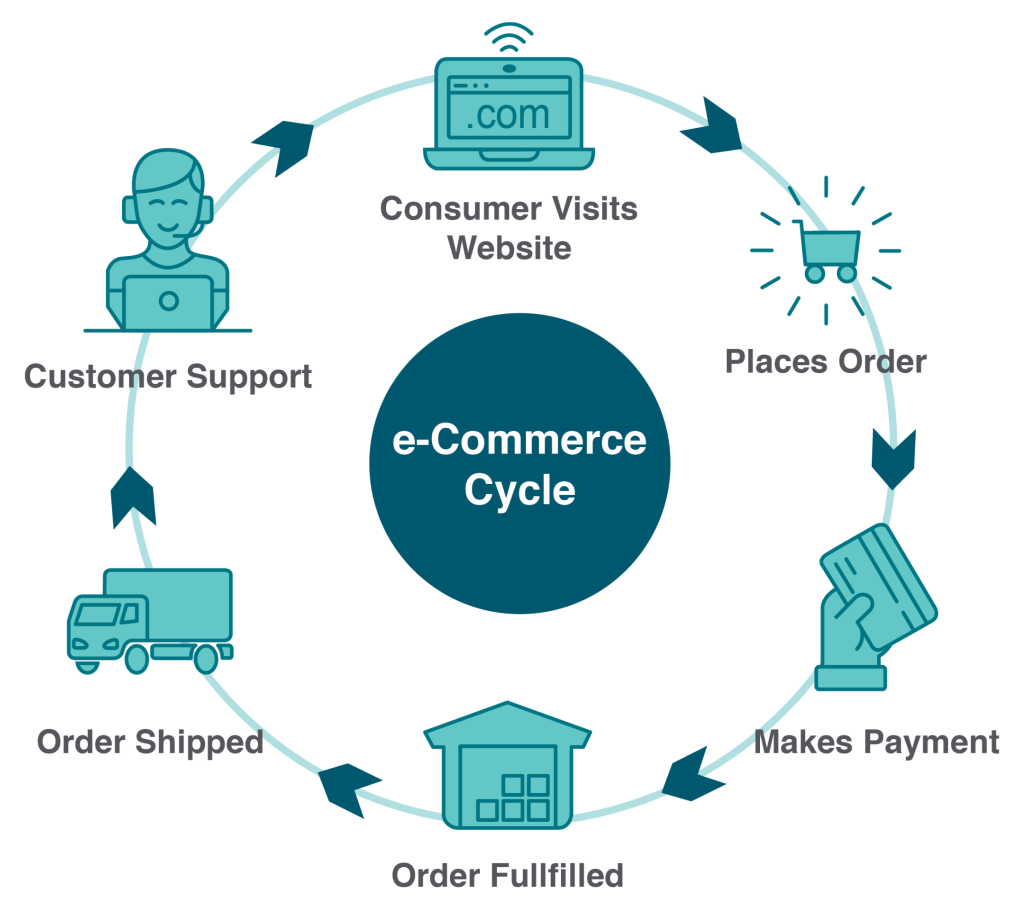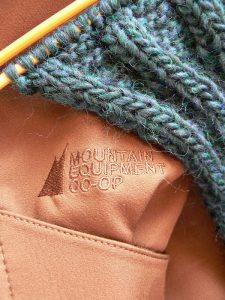13.5 E-Commerce Models
An e-commerce business model is the method that a business uses to generate revenue online. E-commerce can take on a variety of forms involving different transactional relationships between businesses and consumers.
| Retail | The sale of a product by a business directly to a customer without any intermediary. |
|---|---|
| Wholesale | The sale of products in bulk, often to a retailer that then sells them directly to consumers. |
| Dropshipping | The sale of a product, which is manufactured and shipped to the consumer by a third party. |
| Crowdfunding | The collection of money from consumers in advance of a product being available in order to raise the startup capital necessary to bring it to market. Example: Kickstarter |
| Subscription | The automatic recurring purchase of a product or service on a regular basis until the subscriber chooses to cancel. Examples: newspaper subscriptions, music streaming sites (Spotify) |
| Transaction Brokers | Companies who facilitate a transaction and take a portion of the revenue. Example AirBnb, EventBrite |
As well e-commerce can involve different objects being exchanged as part of these transactions.
| Physical products | Any tangible good that requires inventory to be replenished and orders to be physically shipped to customers as sales are made. |
|---|---|
| Digital products | Downloadable digital goods, templates, and courses, or media that must be purchased for consumption or licensed for use. For example, maybe you take a digital course online through LinkedIn Learning. |
| Services | A skill or set of skills provided in exchange for compensation. The service provider’s time can be purchased for a fee. |
The Business to Consumer Cycle

In the B2C e-commerce cycle a customer visits a website and peruses the products offered. They choose a product and place an order which then gets added to their online shopping cart. Once they have completed their selection, they navigate to their shopping cart and choose a shipping address and make a payment. Payment options are explored in detail later in the chapter.
On the other end, the business fulfills the order and prepares it for shipping. The order is then shipped, and the customer is notified of this step. The customer can follow up with customer service if there are any issues with the order or shipment. The customer is also sometimes asked to provide a review of the product so that future potential customers can benefit from this experience. If a customer is unhappy with their product, they can reach out to customer service and explore their options. Some companies, like Amazon, allow customers to return their orders online, and a return label is automatically created for printing. The customer simply has to package the item and return it via Canada Post or another shipping company.
Case: MEC’s Online Strategy and Growth in the Canadian Market

E-commerce has transformed the way businesses operate, and many Canadian companies have leveraged this technology to reach a wider audience and grow their businesses. One such company is MEC (Mountain Equipment Co-op), a retail cooperative, specializing in outdoor gear and clothing. MEC operates in the business-to-consumer (B2C) e-commerce model, selling its products directly to consumers through its website (MEC, 2021).
MEC’s strategy is centred on offering customers a personalized online shopping experience. Its’ website features a range of tools and services, including expert advice on product selection, and user-generated reviews. MEC’s e-commerce platform also offers a variety of shipping options, including free shipping, and in-store pickup for online orders.
One of the advantages of e-commerce for MEC is the ability to reach a wider audience, especially in areas where it doesn’t have a physical presence. It also allows MEC to offer a more extensive selection of products and services, such as outdoor guides and courses.
One of the challenges to e-commerce for MEC, is the high competition in the online retail space, making it difficult to stand out from other retailers and significant investments in technology to support online sales, which can be costly.
Despite these challenges, MEC has been successful in growing its e-commerce business, with online sales accounting for a significant portion of its revenue. In its most recent financial report, MEC reported that online sales accounted for 19.5% of its total revenue in the fiscal year 2020 (MEC 2020).
In conclusion, e-commerce has transformed the way businesses operate and as more consumers turn to online shopping, businesses that embrace e-commerce and develop effective online strategies will be well-positioned to succeed in the modern economy.
Winifred Ofure Badaiki, March 2023
Information Systems for Business and Beyond: 10.6 by Shauna Roch; James Fowler; Barbara Smith; and David Bourgeois is licensed under a Creative Commons Attribution-NonCommercial-ShareAlike 4.0 International License, except where otherwise noted.

